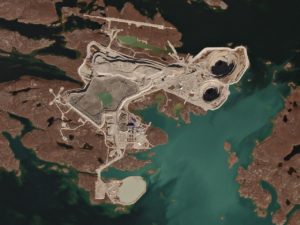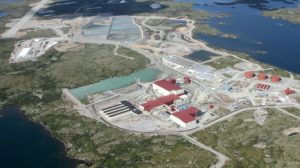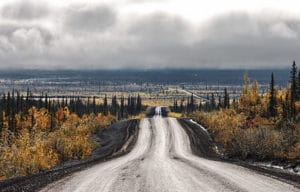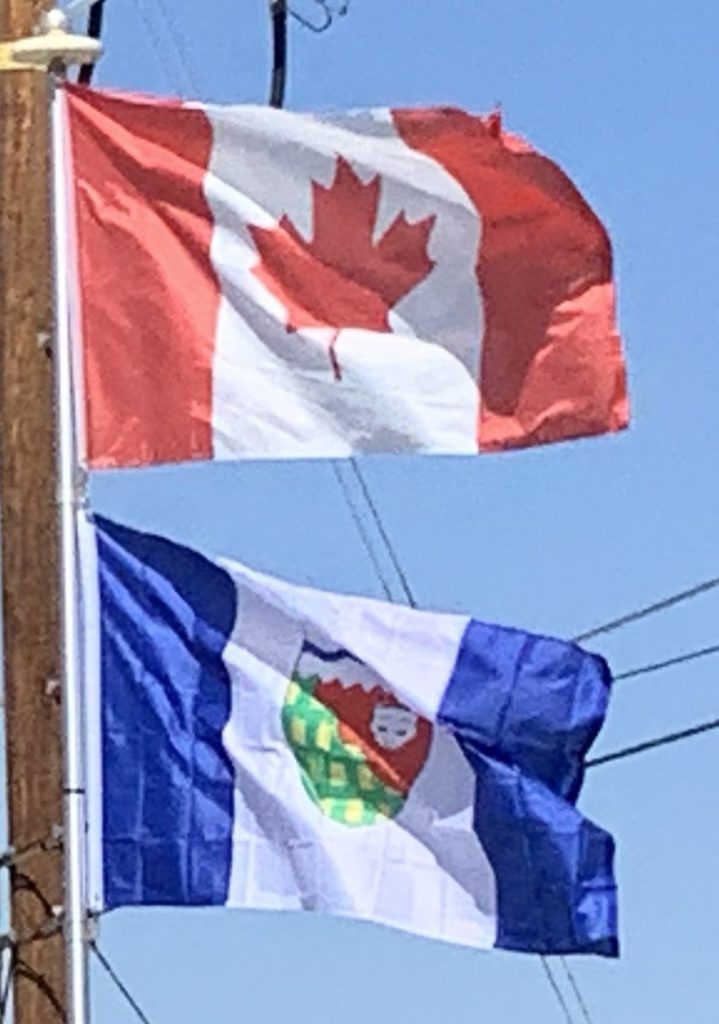On April 1, 1999, the existing Northwest Territories was split into two parts, with a separate Nunavut territory being formed to represent the Inuit people.
Economy:
The Northwest Territories has the highest per capita GDP of all provinces or territories in Canada, C$76,000 in 2009. However, as production at the current mines started to wind down, no new mines opened and the public service shrank, the territory lost 1,200 jobs between November 2013 and November 2014.
The NWT’s geological resources include gold, diamonds, natural gas and petroleum. BP is the only oil company currently producing oil in the Territory. NWT diamonds are promoted as an alternative to purchasing blood diamonds. Two of the biggest mineral resource companies in the world, BHP Billiton and Rio Tinto mine many of their diamonds from the NWT. In 2010, NWT accounted for 28.5% of Rio Tinto’s total diamond production (3.9 million carats, 17% more than in 2009, from the Diavik Diamond Mine) and 100% of BHP’s (3.05 million carats from the EKATI mine).

Major mines in the Northwest Territories include, or have included:
- Eldorado Mine – 1933–1940, 1942–1960, 1976–1982 (radium, uranium, silver, copper)
- Con Mine – 1938–2003 (gold)
- Neger Mine – 1939–1952 (gold)
- Ptarmigan and Tom Mine – 1941–1942, 1986–1997 (gold)
- Thompson-Lundmark Mine – 1941–1943, 1947–1949 (gold)
- Giant Mine – 1948–2004 (gold)
- Discovery Mine – 1950–1969 (gold)
- Rayrock Mine – 1957–1959 (uranium)
- Camlaren Mine – 1962–1963, 1980–1981 (gold)
- Cantung Mine – 1962–1986, 2002–2003, 2005–2015 (tungsten)
- Echo Bay Mines Limited – 1964–1975 (silver and copper)
- Pine Point Mine – 1964–1988 (lead and zinc)
- Tundra Mine – 1964–1968 (gold)
- Terra Mine – 1969–1985 (silver and copper)
- Salmita Mine – 1983–1987 (gold)
- Colomac Mine – 1990–1992, 1994–1997 (gold)
- Ekati Diamond Mine – 1998–current (diamonds)
- Diavik Diamond Mine – 2003–current (diamonds)
- Snap Lake Diamond Mine – 2007–2015 (diamonds)

During the winter, many international visitors go to Yellowknife to watch the auroras. Five areas managed by Parks Canada are situated within the territory. Aulavik National Park and Tuktut Nogait National Park is in the northern part of Northwest Territories. Portions of Wood Buffalo National Park are located within the Northwest Territories, although most of it is located in neighboring Alberta. Parks Canada also manages two park reserves, Nááts’ihch’oh National Park Reserve, and Nahanni National Park Reserve.
Transportation:
Northwest Territories has eight numbered highways. The longest is the Mackenzie Highway which stretches from the Alberta Highway 35’s northern terminus in the south at the Alberta – Northwest Territories border at the 60th parallel to Wrigley, Northwest Territories in the north. Ice roads and winter roads are also prominent and provide road access in winter to towns and mines which would otherwise be fly-in locations. Yellowknife Highway branches out from Mackenzie Highway and connects it to Yellowknife. Dempster Highway is the continuation of Klondike Highway. It starts just west of Dawson City, Yukon, and continues east for over 700 km to Inuvik.

Yellowknife did not have an all-season road access to the rest of Canada’s highway network until the completion of Deh Cho Bridge in 2012. Prior to that, traffic relied on ferry service in summer and ice road in winter to cross the Mackenzie River. This became a problem during spring and fall time when the ice was not thick enough to handle vehicle load but the ferry could not pass through the ice, which would require all goods from fuel to groceries to be airlifted during the transition period.
